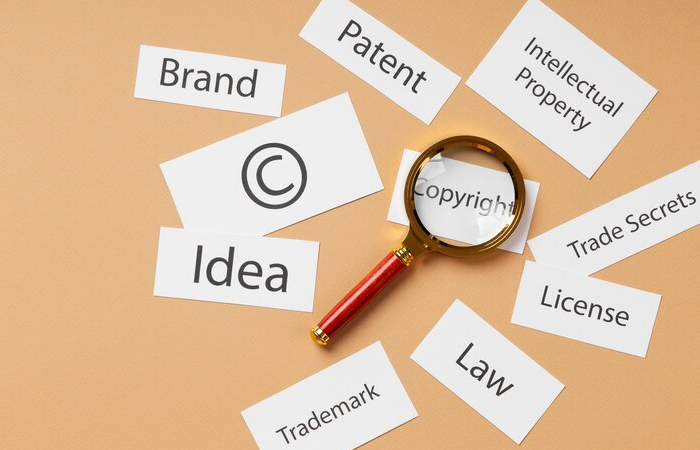Pricing plays a crucial role in business success. You may lose customers if your prices are too high. Profits may not be enough if they’re too low. It’s important to find the right balance. In this blog, we’ll explore effective pricing strategies that can help you maximize profits while keeping customers happy.
Why Pricing Strategy Matters?
A well-planned pricing strategy helps you:
✔️ Attract the right customers
✔️ Stay competitive in the market
✔️ Increase revenue and profit margins
✔️ Build a strong brand value
Now, let’s dive into the best pricing strategies you can use.
1. Cost-Plus Pricing
This is one of the simplest pricing methods. You calculate the total cost of producing a product and add a profit margin on top of it.
Example:
If your product costs $20 to make and you want a 50% profit, you set the price at $30 ($20 + 50%).
✔️ Pros: Easy to calculate, ensures profit.
❌ Cons: Doesn’t consider competitor pricing or customer demand.
2. Competitive Pricing
In this strategy, you set prices based on what competitors are charging.
✔️ Three Ways to Use Competitive Pricing:
- Match Competitors – Price your product the same as your rivals.
- Price Lower – Attract budget-conscious customers.
- Price Higher – Create a premium brand image.
✔️ Pros: Helps stay competitive, attracts price-sensitive buyers.
❌ Cons: Profit margins may be low if pricing wars happen.
3. Value-Based Pricing
This approach focuses on how much customers are willing to pay based on the value they get from your product.
Example:
If you sell a premium skincare cream that reduces wrinkles in 7 days, customers may be willing to pay more than a regular cream.
✔️ Pros: Maximizes profits, and builds brand loyalty.
❌ Cons: Requires deep customer research.
4. Psychological Pricing
This strategy uses human psychology to influence buying decisions.
✔️ Popular Psychological Pricing Methods:
- Charm Pricing – Ending prices with .99 (e.g., $9.99 feels cheaper than $10).
- Bundle Pricing – Selling multiple products together for a discount (e.g., Buy 1 Get 1 at 50% off).
- Scarcity Pricing – Creating urgency with limited-time deals.
✔️ Pros: Increases sales, and encourages impulse buying.
❌ Cons: Customers may get used to discounts and avoid buying at full price.
5. Penetration Pricing
This strategy is used when launching a new product. You set low prices initially to attract customers and increase brand awareness. Once you gain a customer base, you slowly increase the price.
✔️ Pros: Helps enter a competitive market, and attracts early buyers.
❌ Cons: Customers may leave when prices go up.
6. Premium Pricing
If you want to position your product as luxury or high-quality, setting a higher price can actually increase demand.
Example:
Apple sells iPhones at premium prices, yet they remain highly desirable.
✔️ Pros: Boosts brand image, and attracts high-end customers.
❌ Cons: Limited to niche markets.
7. Dynamic Pricing
This strategy adjusts prices based on demand, season, and customer behavior. Airlines, hotels, and e-commerce websites use dynamic pricing.
✔️ Pros: Maximizes revenue, and adapts to market conditions.
❌ Cons: Customers may feel prices are unfair.
8. Subscription-Based Pricing
Instead of a one-time sale, businesses charge a monthly or yearly fee for their services.
Example:
Netflix and Spotify use this model to generate consistent revenue.
✔️ Pros: Steady income, builds long-term customers.
❌ Cons: Customers may cancel if they don’t see the value.
How to Choose the Right Pricing Strategy?
✅ Know Your Costs – Ensure you cover production and operational expenses.
✅ Understand Your Customers – What are they willing to pay?
✅ Analyze Competitors – Don’t price yourself out of the market.
✅ Test and Adjust – Experiment and tweak prices based on results.
Final Thoughts
Pricing is not just about setting numbers; it’s a strategic decision that impacts your profits, brand, and customer perception. Whether you use cost-plus pricing, psychological pricing, or premium pricing, the key is to understand your business goals and target audience.
By using the right pricing strategy, you can attract more customers, increase sales, and maximize profits effectively. 🚀


